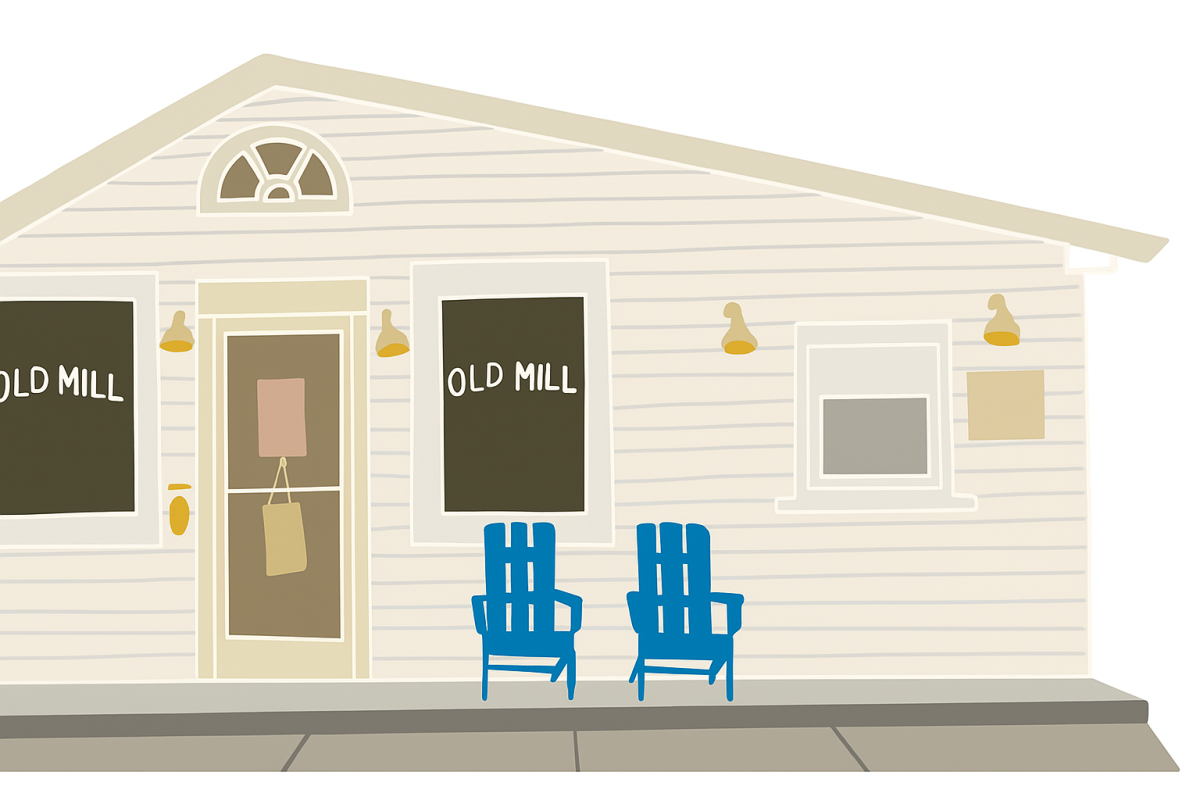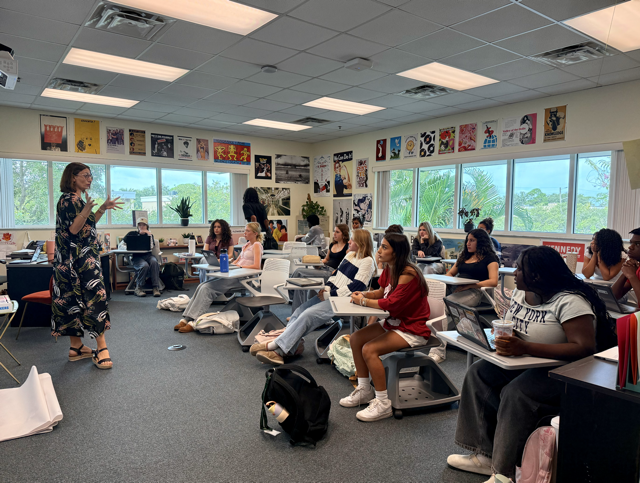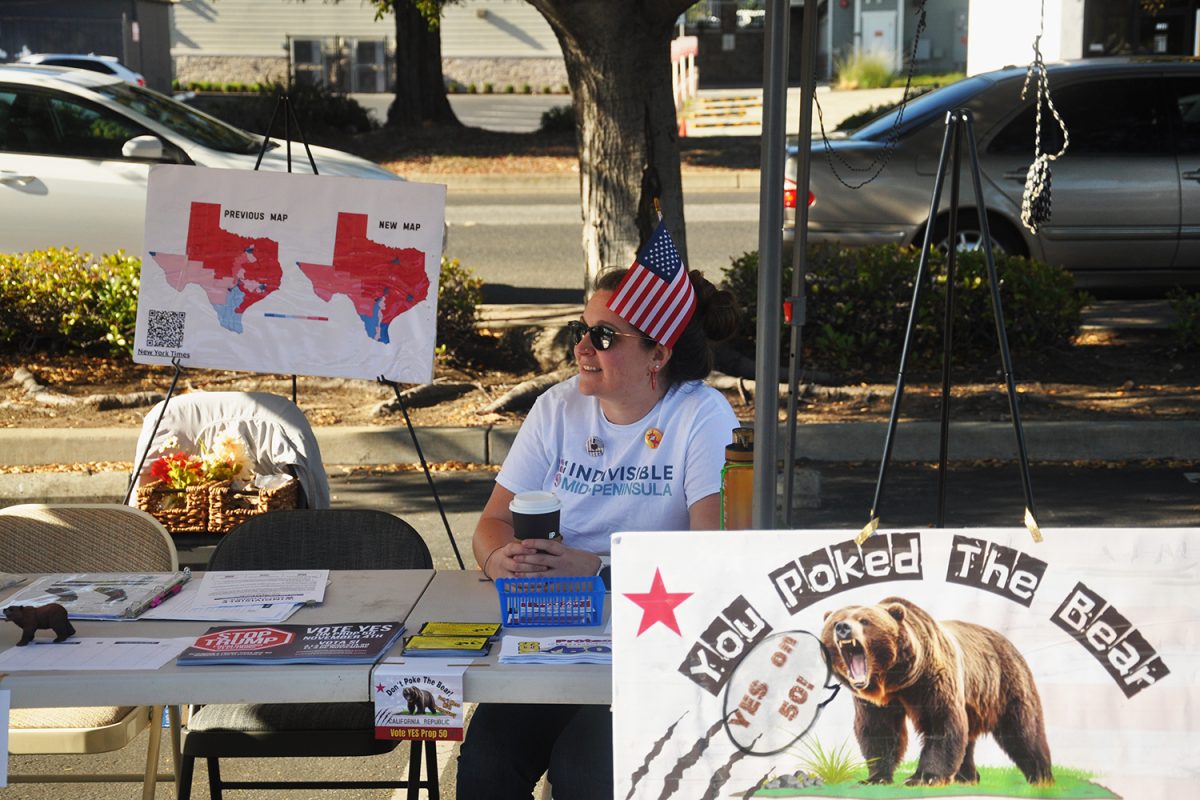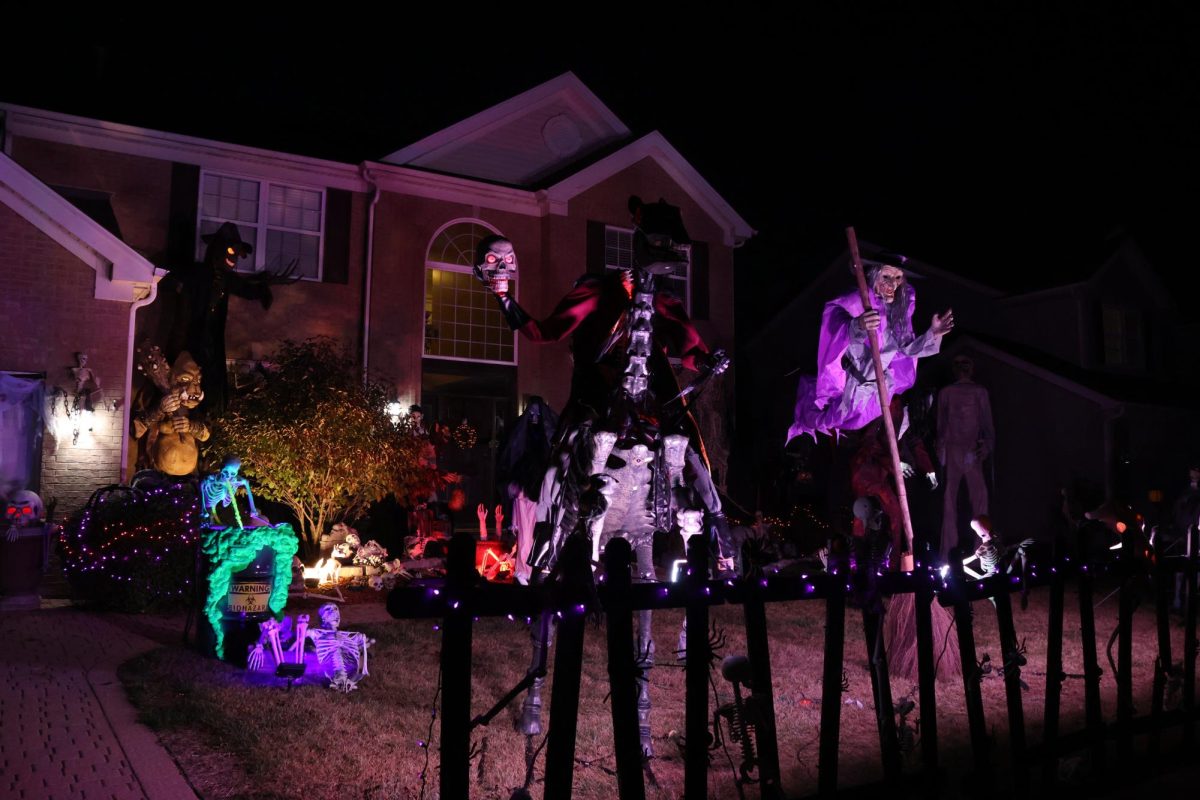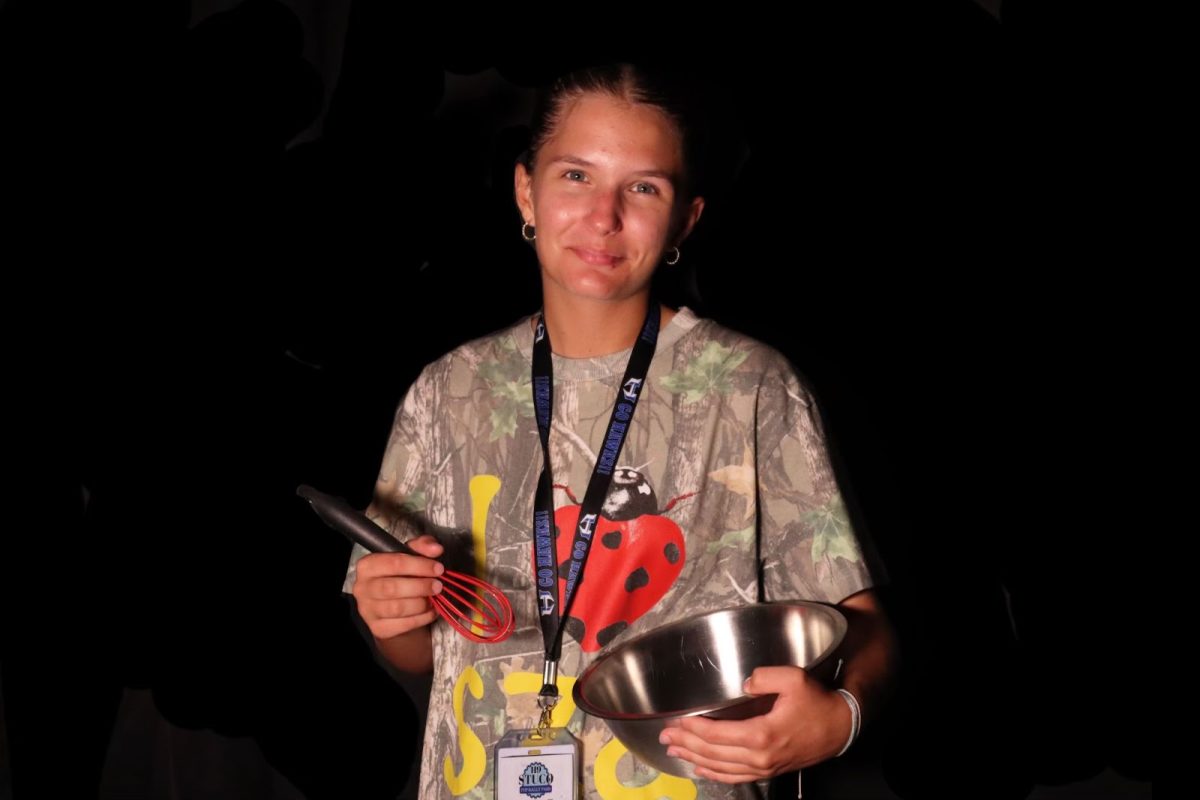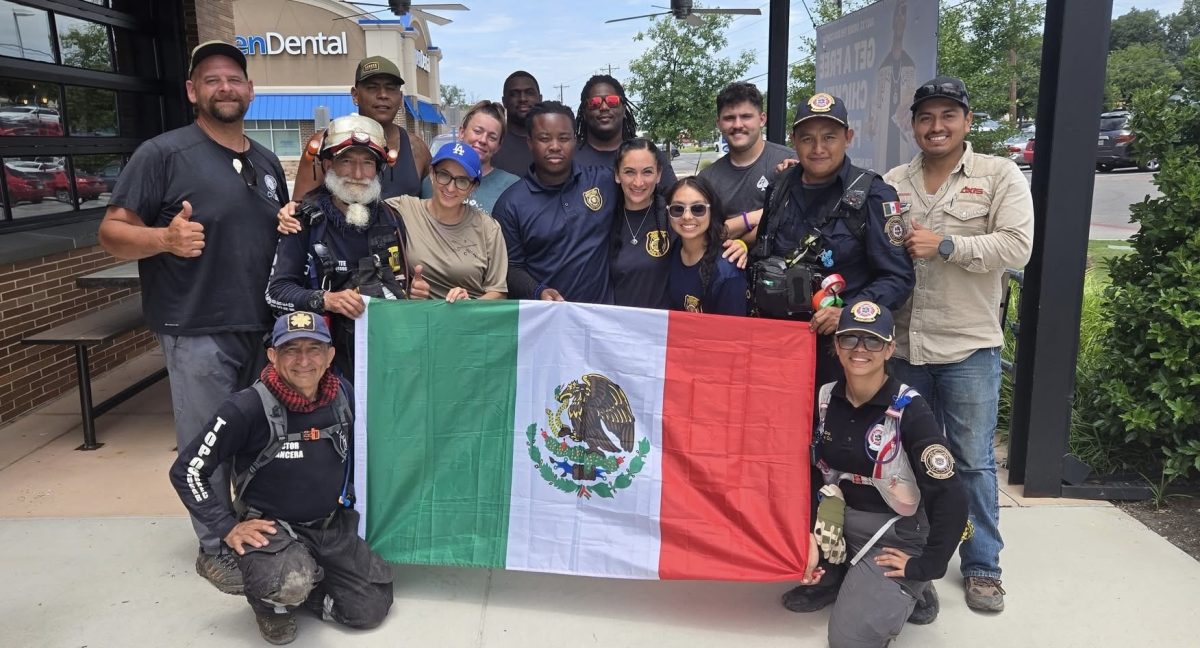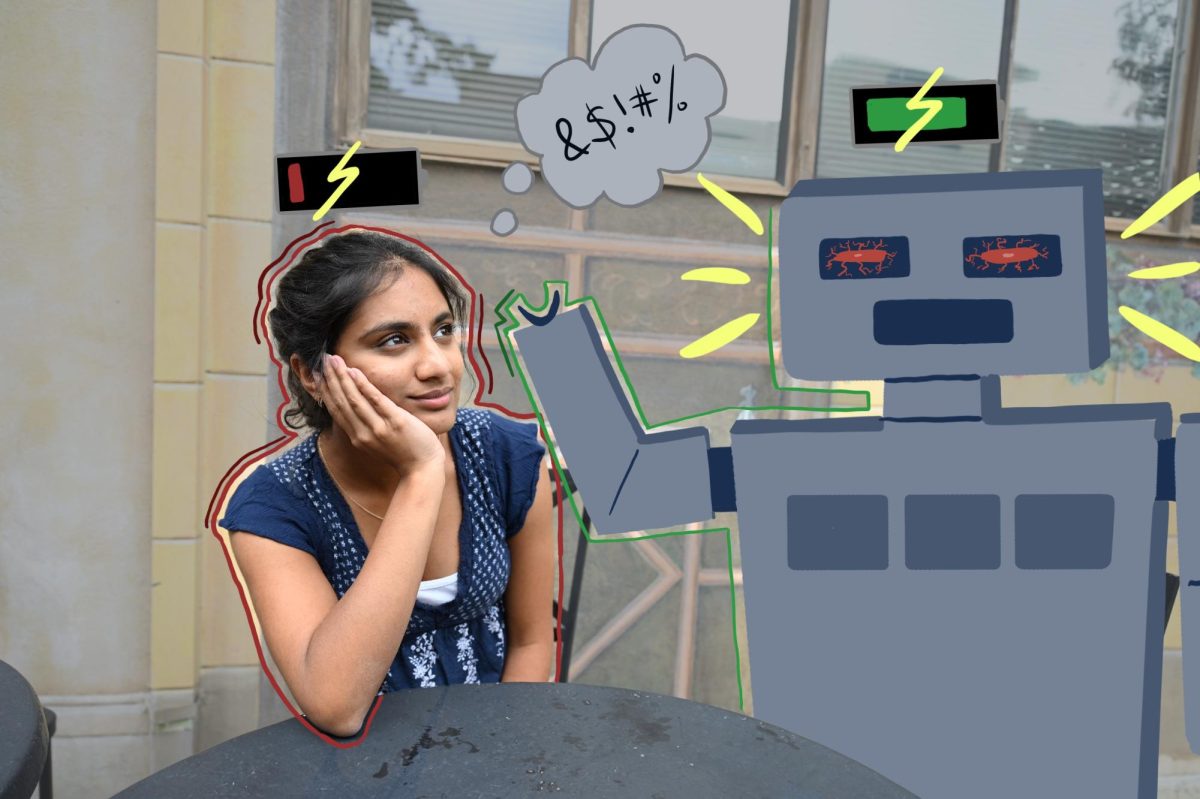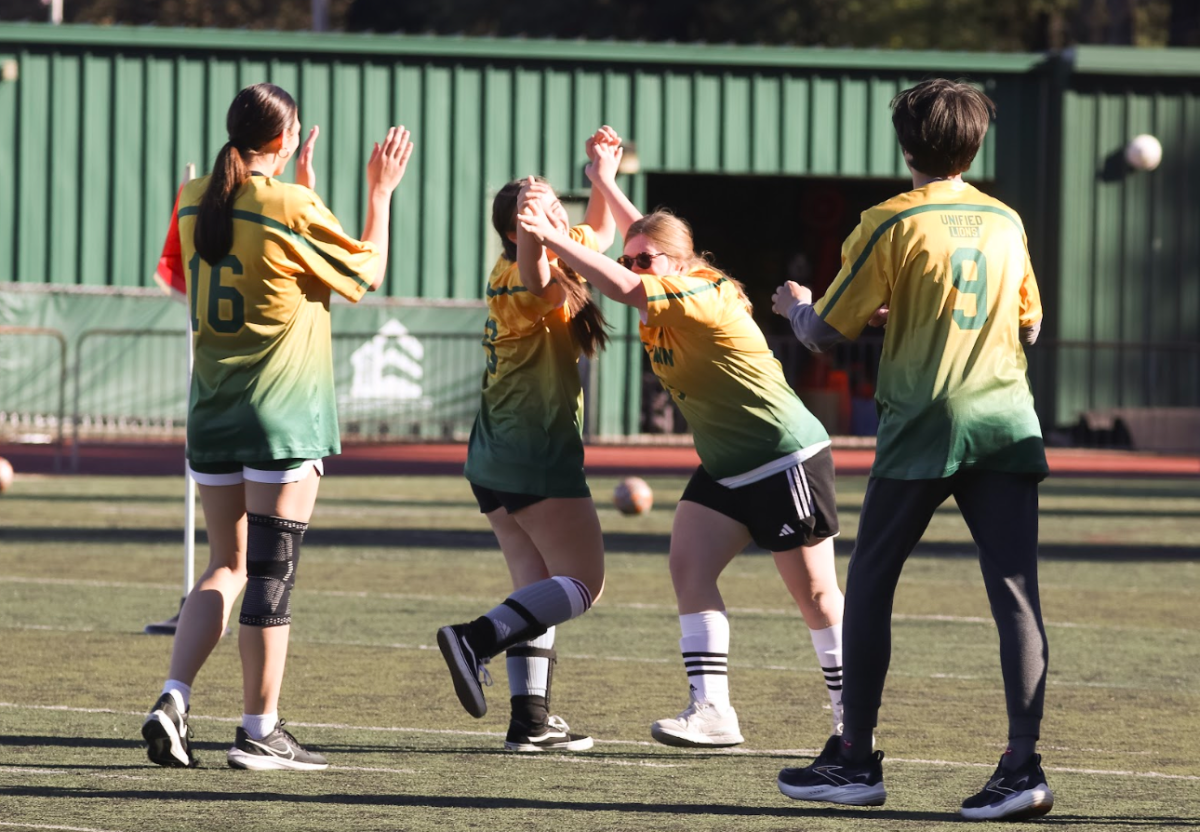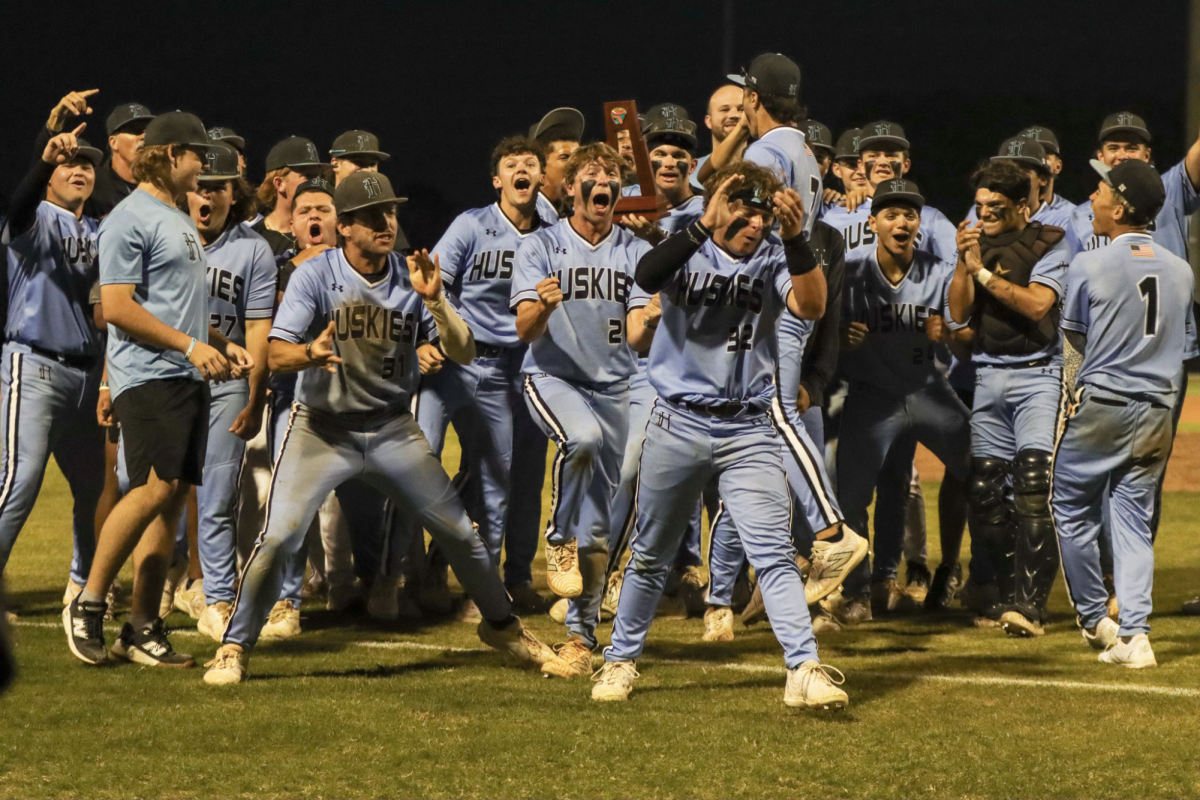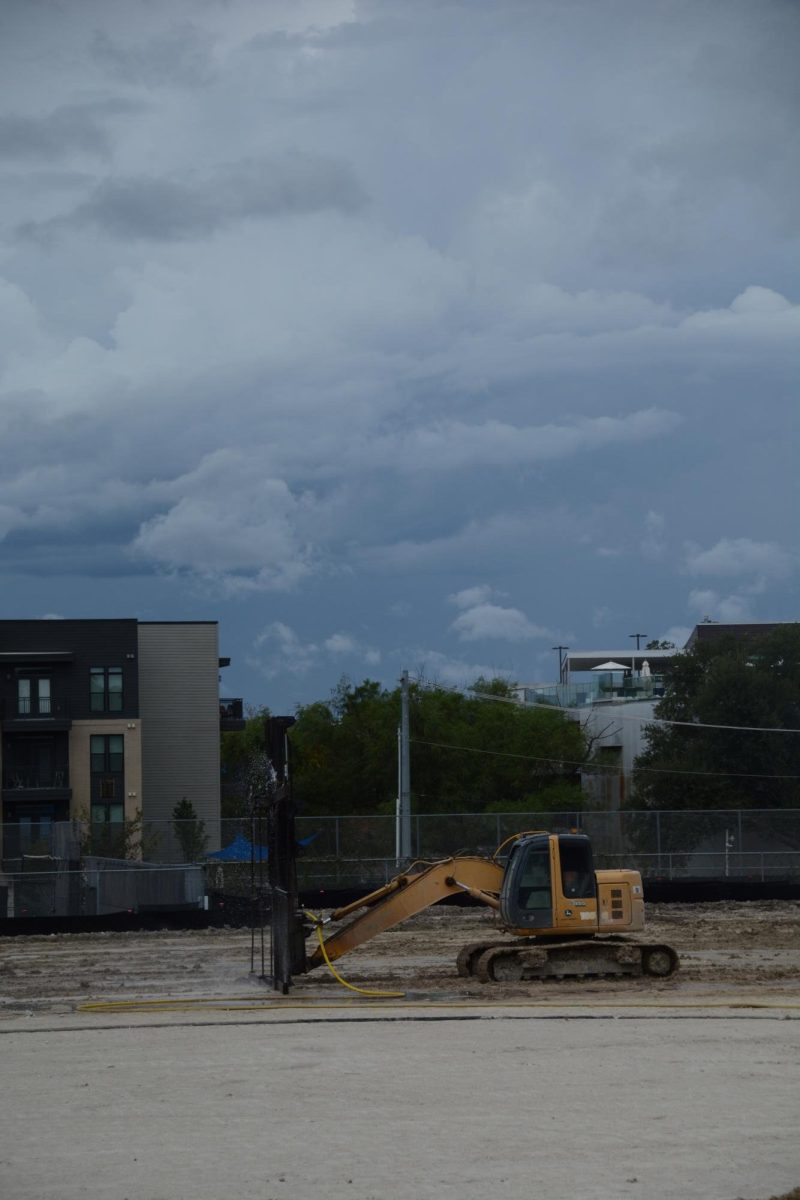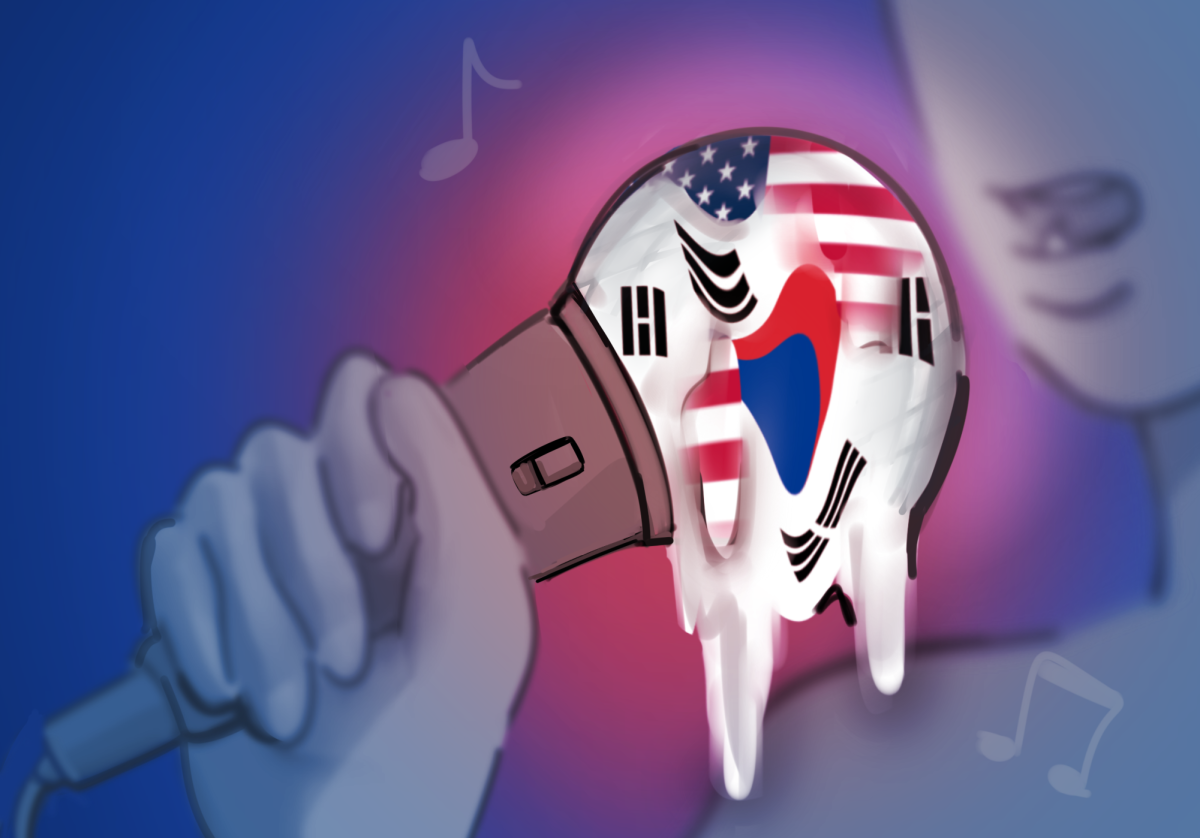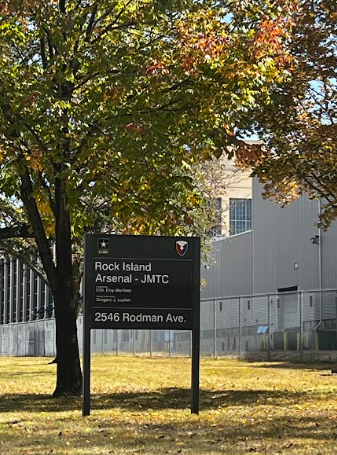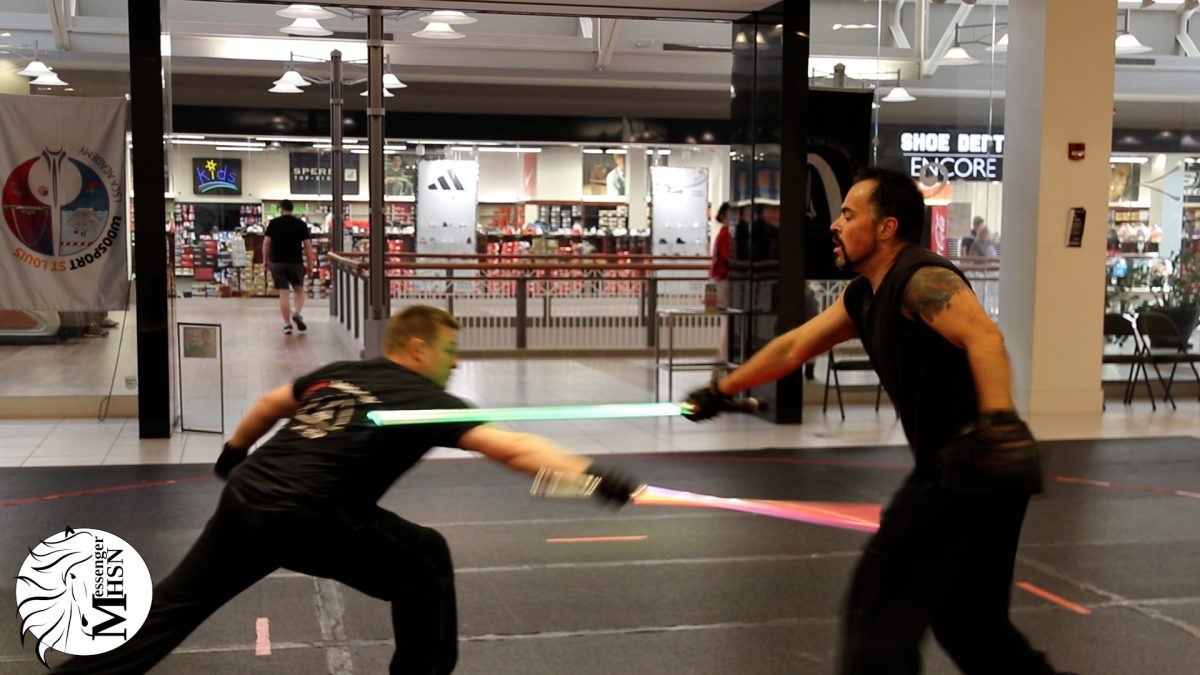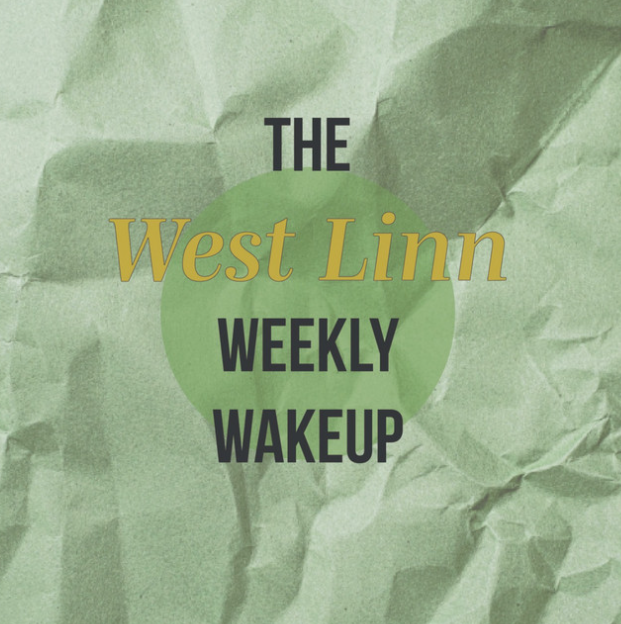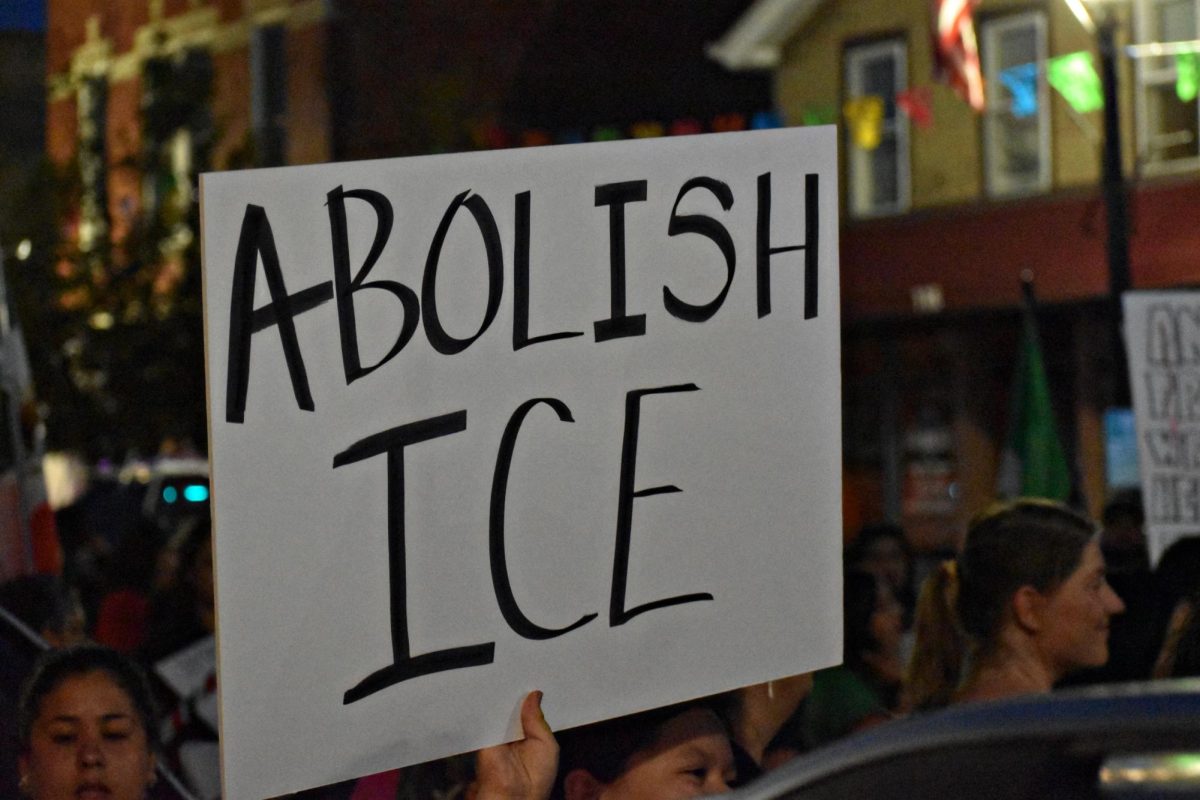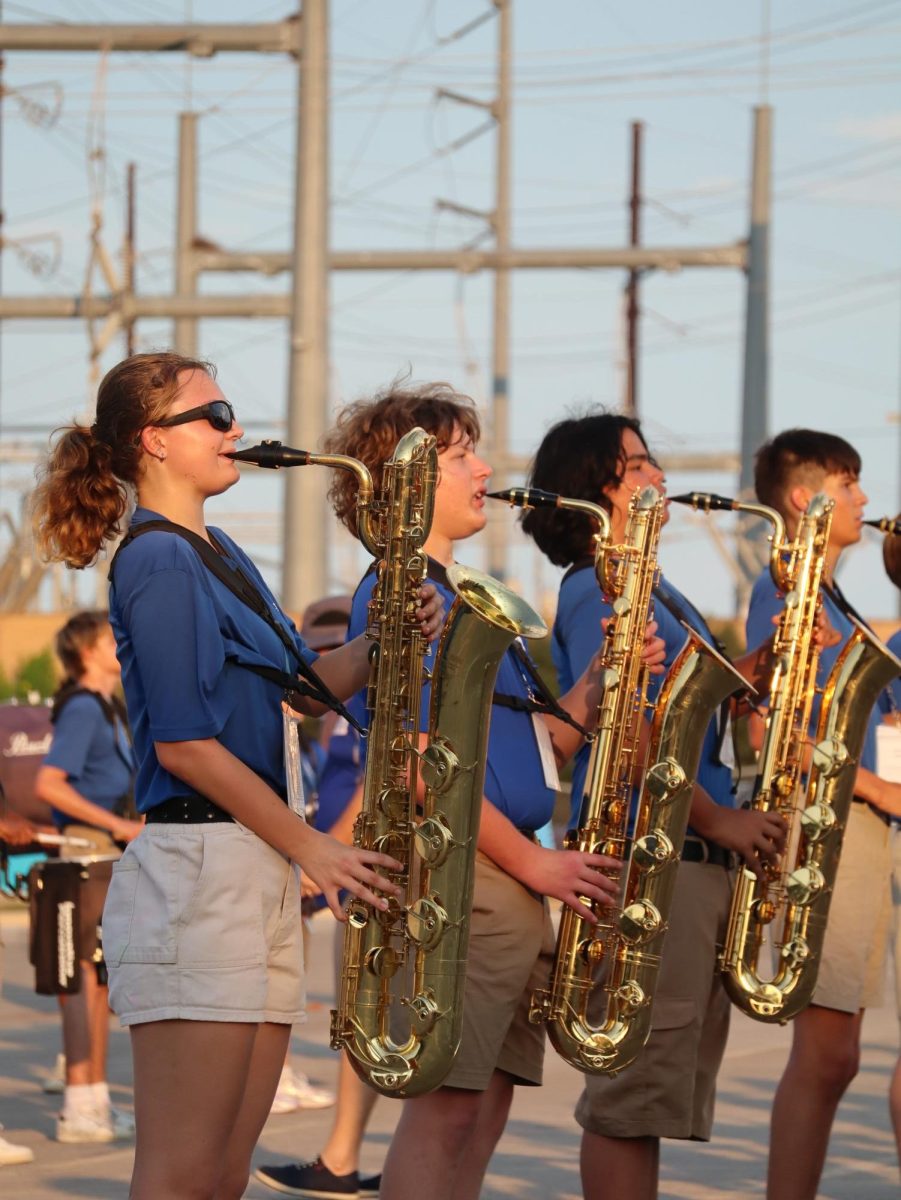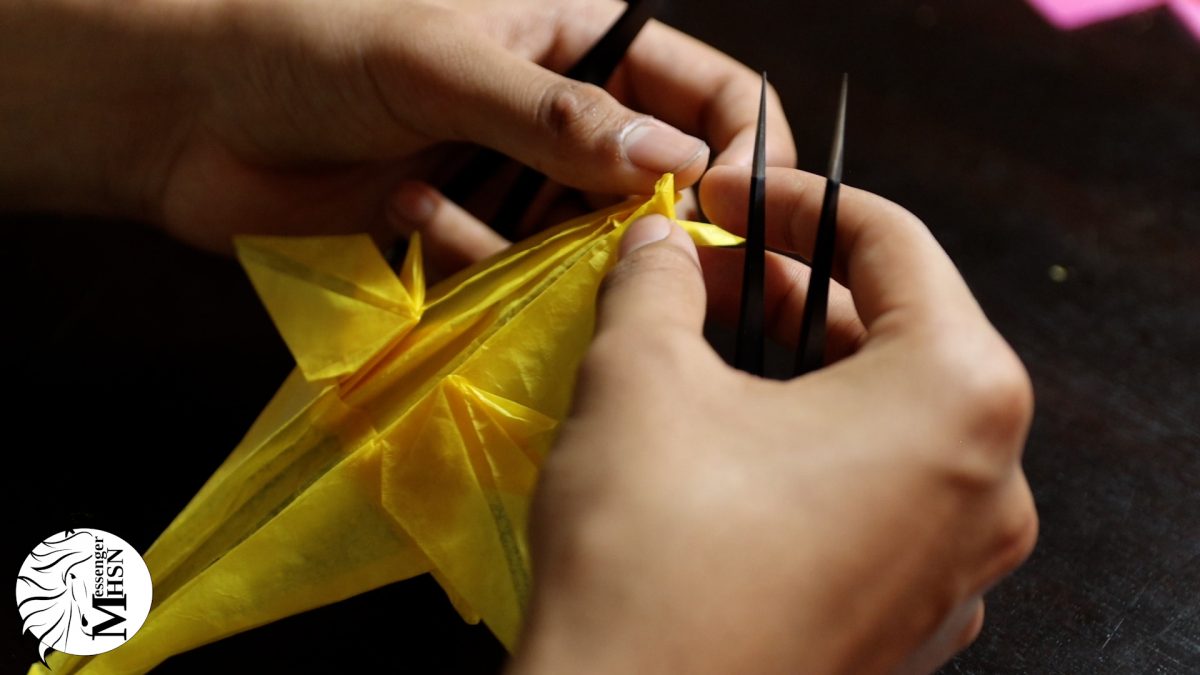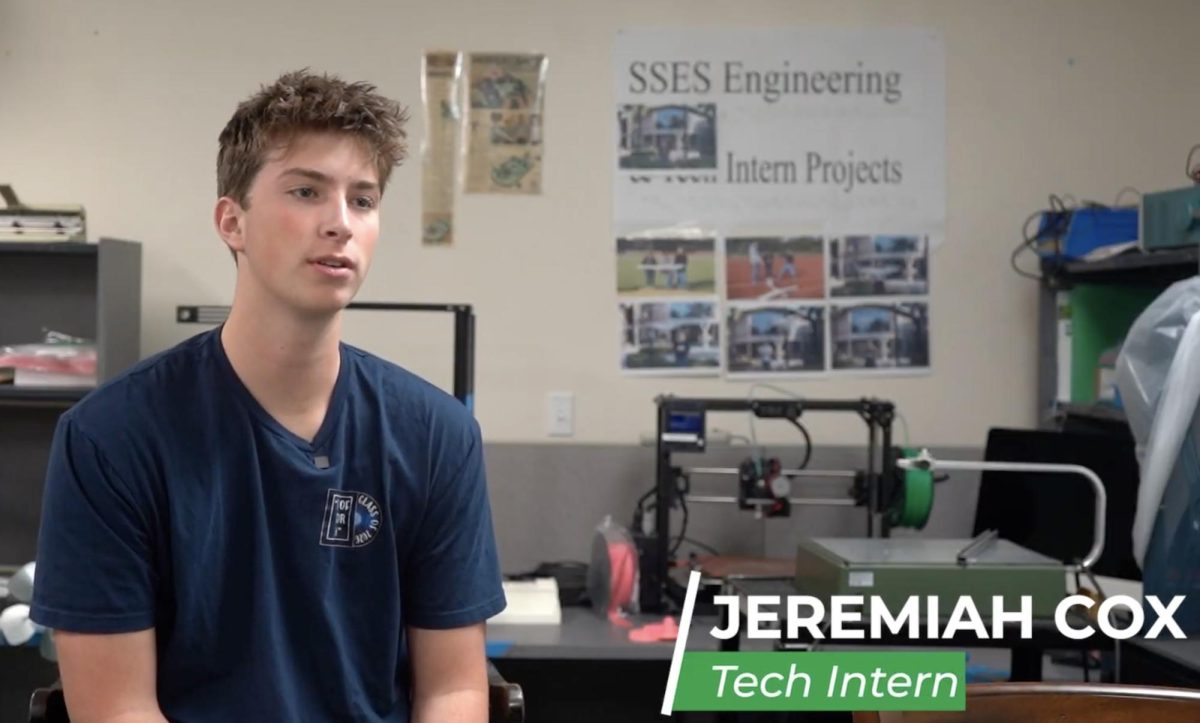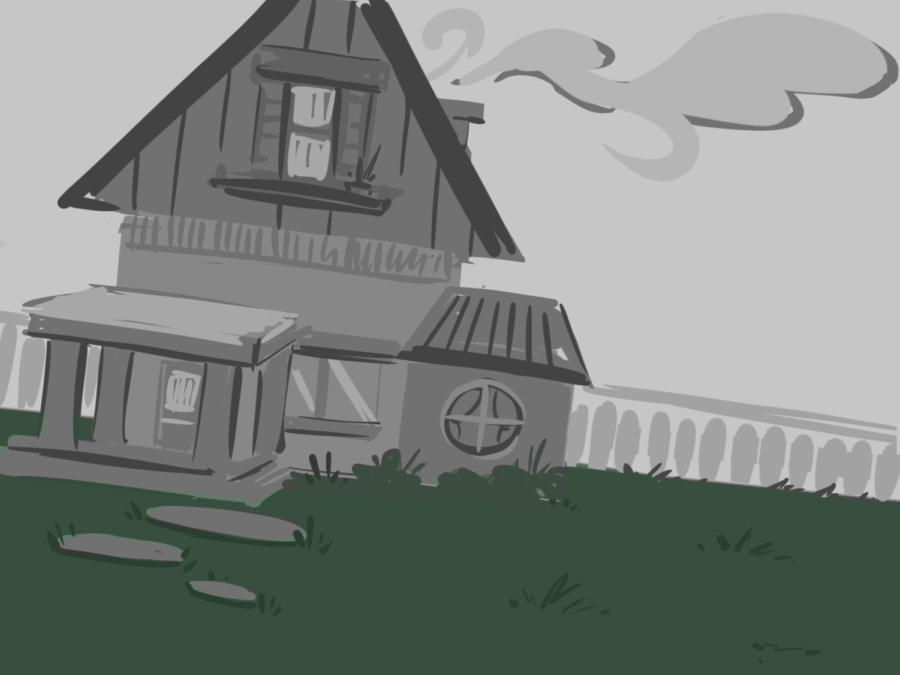Just like the white picket fence, a neatly trimmed lawn has remained a symbol of suburban Americana for decades. However, the maintenance of these meticulously-kept lawns comes at a devastating environmental cost. Because of this, removing your sod in favor of drought-tolerant landscaping is easier than ever, and better for the Earth as well.
In the United States, lawns take up over 40 million acres of land, a 2005 NASA satellite study reported—an area bigger than Georgia. Almost eight billion gallons of water are required to upkeep these lawns each day. A well-kept lawn has always been a symbol of status and wealth, an idea that persists today in the care many people take of their lawns.
“Lawns are indicative of success; they are a physical manifestation of the American Dream of home ownership. To have a well maintained lawn is a sign to others that you have the time and/or the money to support this attraction,” Krystal D’Costa pointed out in an article for Scientific American.
Grass lawns were popularized during the post-war 1950s housing boom. Recently-built dams allowed for the transportation of water to drier areas, which allowed cities and suburbs to be built in an otherwise desert region, and led to increasing reservoir depletion over the next 20 years.
In California, this problem still persists. Lush, green lawns have become inefficacious due to drought and extreme heat waves. Nearly all of California is in a D1 or severe drought, with most of the Central Valley suffering a D4 “exceptional” drought.
“This is a catastrophic drought because we have tapped out so many of our reserves,” said Heida Shaw, an AP Environmental Science teacher at Dougherty Valley High School. “For example, the Colorado River, which Southern California uses quite a bit of, is running bone dry and doesn’t even run to Mexico anymore. All of our reservoirs are way [below capacity].”
Grass lawns far surpass corn as the single most-irrigated crop in America, and it isn’t even a crop you can eat. At a time when we don’t even have “enough water in our reservoirs to support both drinking water and for agriculture,” according to Shaw, lawns are eating away at a resource that we can’t spare.
Currently, the Dublin San Ramon Services District (DSRSD) categorizes the drought as a Stage 2 Water Shortage. This limits irrigation to no more than three non-consecutive days per week, and prohibits watering during the day to decrease evaporation. Residents receive warnings for violations and can face fines ranging from $250-$1,000 based on the number and intensity of infractions.
But despite the Bay Area having some of the best water conservation rates in the country, experts argue that it isn’t enough to battle long-term temperature increases and lack of rainfall. Once homeowners move past the ideal of maintaining a well-manicured lawn, eliminating grass lawns requires little to no personal sacrifice (especially for those who feel guilty about their water use, yet can’t give up ten minute showers).
As a result, climate activists and everyday individuals alike are increasingly turning to xeriscaping, which encompasses all landscaping methods that limit irrigation, or other solutions that are believed to be sustainable and inexpensive.
Resources are plentiful for local residents who wish to replace their conventional lawns. The website “Water-Wise Gardening in the Tri-Valley” maintains dozens of fact sheets for homeowners with titles like “Sustainable Landscaping Fundamentals” and “Using Water Wisely.” In partnership with Zone 7, the Tri-Valley’s regional water wholesaler, the website aims to make the switch to sustainable landscaping as hassle-free as possible.
In fact, Zone 7 and DSRSD offer rebates to customers who adopt drought-friendly landscaping practices. For example, single-family households can receive up to $2,000 for removing their grass and replacing it with sustainable alternatives. They also offer “Garden in a Box” themed templates with diverse arrangements of drought-tolerant plants to save homeowners the time to research and design their new, no-mow landscapes.
Though it is unclear how many Tri-Valley residents have made the switch, California legislators have encouraged placing legal restrictions on the state’s grassy landscape.
“People should realize we’re in a new era. The idea of your nice little green grass getting lots of water every day — that’s going to be a thing of the past,” stated former Gov. Jerry Brown in 2015, as reported by a Sacramento Bee article.
Despite the long-term benefits of switching to sustainable landscaping, some argue that the many steps to transforming your yard—removing and disposing the sod, mulching, planting new flora, and setting up new irrigation systems are time-consuming and expensive, especially including the cost of labor if residents choose to hire landscapers.
According to Tri-Valley residents on Nextdoor, this whole process can take thousands of dollars. The Sac Bee even reported on one Sacramento resident willing to spend $30,000 for his yard transformation. Despite the rebate, it’s understandable that many would rather keep their grass—or just let it die—rather than fully converting their yards.
Additionally, some grass alternatives come with their own costs. For example, artificial turf, while eliminating the need for irrigation, is still made of non-biodegradable plastic.
Because grass still traps carbon dioxide and thus serves as a carbon sink, some argue that it is not the lawns themselves that are the biggest issue, but the billions of water required daily to sustain them.
For example, “[the grasses on our hillsides] sequester grass carbon just as much as any other grass except that they go brown during the summer,” Shaw pointed out “They’re not watered and so they go brown, and they stay brown throughout the whole summer. But if you recall, they turn green every year, every fall and winter, because they [naturally] get enough water. So it’s really a matter of not worrying about aesthetics so much and worrying more about sustainability.”
All residential water, including irrigation systems and outdoor spigots (which attach to garden hoses), is potable, which is a far more valuable resource than recycled water. If new infrastructure is built for future housing developments, then recycled water could maintain lawns instead.
Though increasing the use of recycled water is a wise long term solution, the harms of the drought worsen daily and will only continue to exacerbate the issue of water conservation if action is not taken immediately. As a result, homeowners should strongly consider replacing their grass in favor of more sustainable solutions. From this, a new suburban ideal can be imagined—not with green lawns of the past, but with environmentally-conscious landscaping that protects us against an uncertain future.
This story was originally published on Wildcat Tribune on October 2, 2022.


